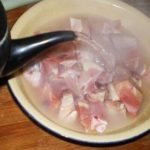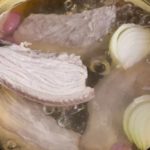Pork dishes are a familiar part of daily meals for Vietnamese families. However, 99% of home cooks make mistakes when preparing pork, causing it to lose its flavor, nutrition, and even become contaminated. Let’s learn about some common mistakes to avoid when cooking pork for the sake of your family’s health.
1 Blanching Pork Without Washing It First
Many people choose to blanch pork, believing it will remove bacteria. However, according to Dr. Hoang Thi Thuy Ha (Institute of Clinical Nutrition), not washing the meat before blanching can cause the muscle fibers to contract and trap more bacteria and dirt.
It is best to wash pork with clean water several times before cooking.
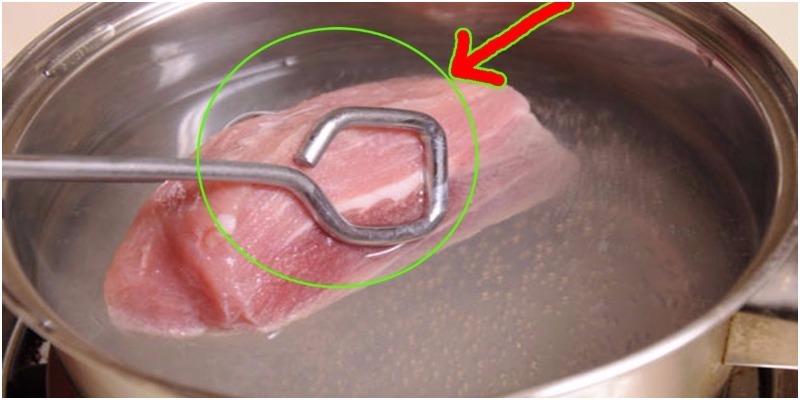
2 Overcooking Pork
Many people believe that well-done pork is healthier. But health experts say that prolonged cooking can cause amino acids, creatinine, sugars, and other harmless compounds in the meat to transform into aromatic amino acids.
Out of 12 aromatic amino acids, 9 have the potential to cause cancer.
It is best to cook pork until it is just tender and remove the first layer of foam that forms on the surface.
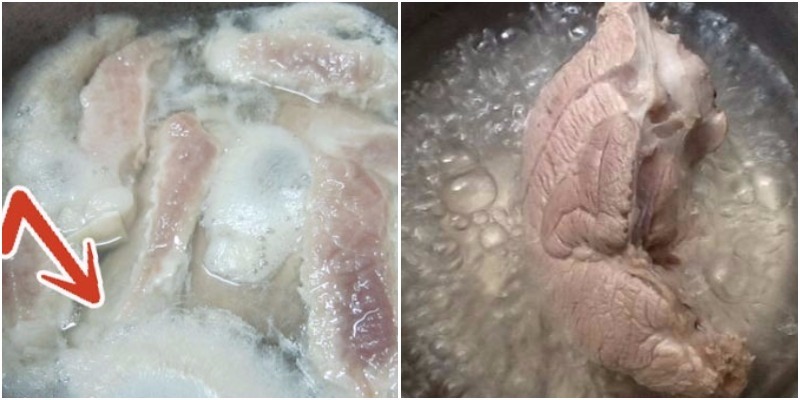
3 Storing Pork in the Fridge for Too Long
Medical experts advise against storing poultry and seafood in the fridge for more than two days. For pork and other meats, the limit is five days.
Storing meat in the fridge for too long can lead to bacterial growth and nutrient loss.
4 Using Old, Worn-Out Wooden Cutting Boards
According to the US Department of Agriculture, wooden cutting boards are the best choice for chopping and slicing meat. However, old and worn-out wooden cutting boards can harbor bacteria.
It is best to replace old wooden cutting boards and not use the same board for raw and cooked meat.
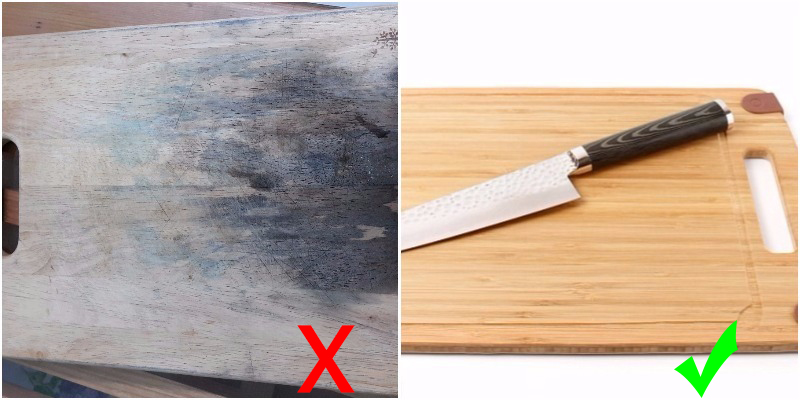
5 Improper Meat Thawing
To save time, some people thaw meat at room temperature or in hot water. However, this can cause the meat to spoil or become contaminated as the surface hardens when exposed to hot water.
It is best to place the meat in the fridge overnight to thaw safely, retaining its nutrients. Note that thawed meat should not be refrozen.
For more details, see the article:
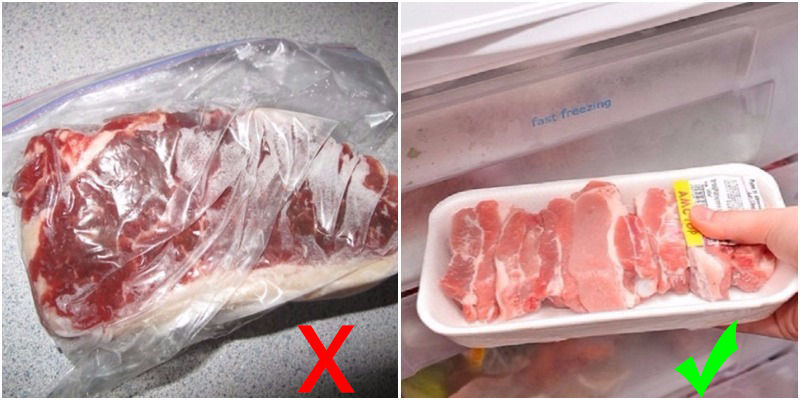
6 Poking and Turning the Meat Frequently
Poking the meat with a chopstick is a common way to check if it’s cooked. However, doing this too often can cause the meat to dry out and lose its flavor as the juices are released.
When boiling pork, wait five minutes after the water boils before checking if it’s cooked. If not, boil for another five minutes.
When frying, wait until one side is golden before turning, and when braising, wait until the meat firms up before turning it over.
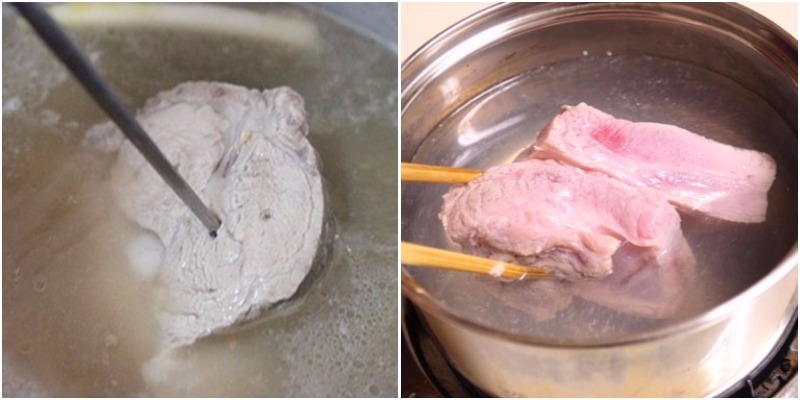
7 Adding Cold Water While Boiling
Sometimes, the water level drops during boiling, and people add cold water to the pot.
According to nutrition experts, adding cold water to hot meat causes the proteins and fats to coagulate and harden, affecting the taste and nutritional value.
If you need to add water, use boiling water to avoid this issue.


























